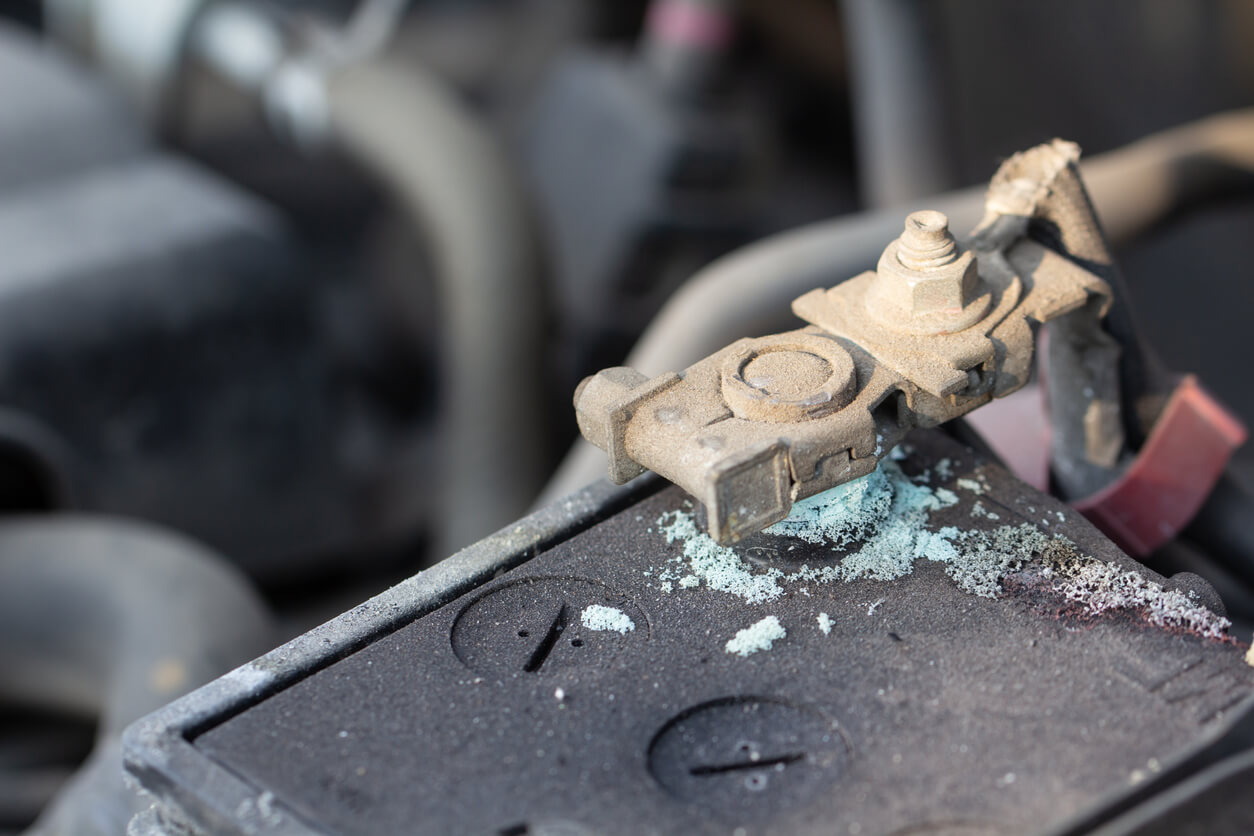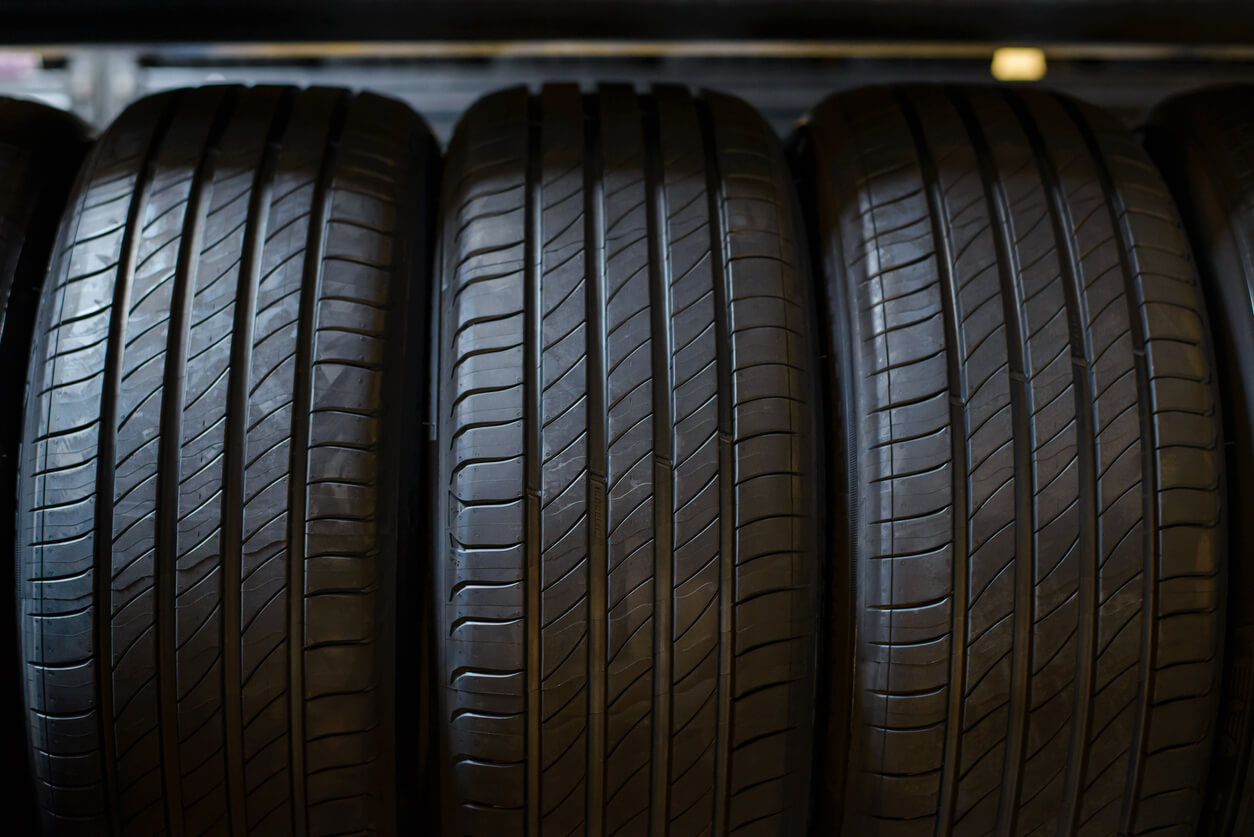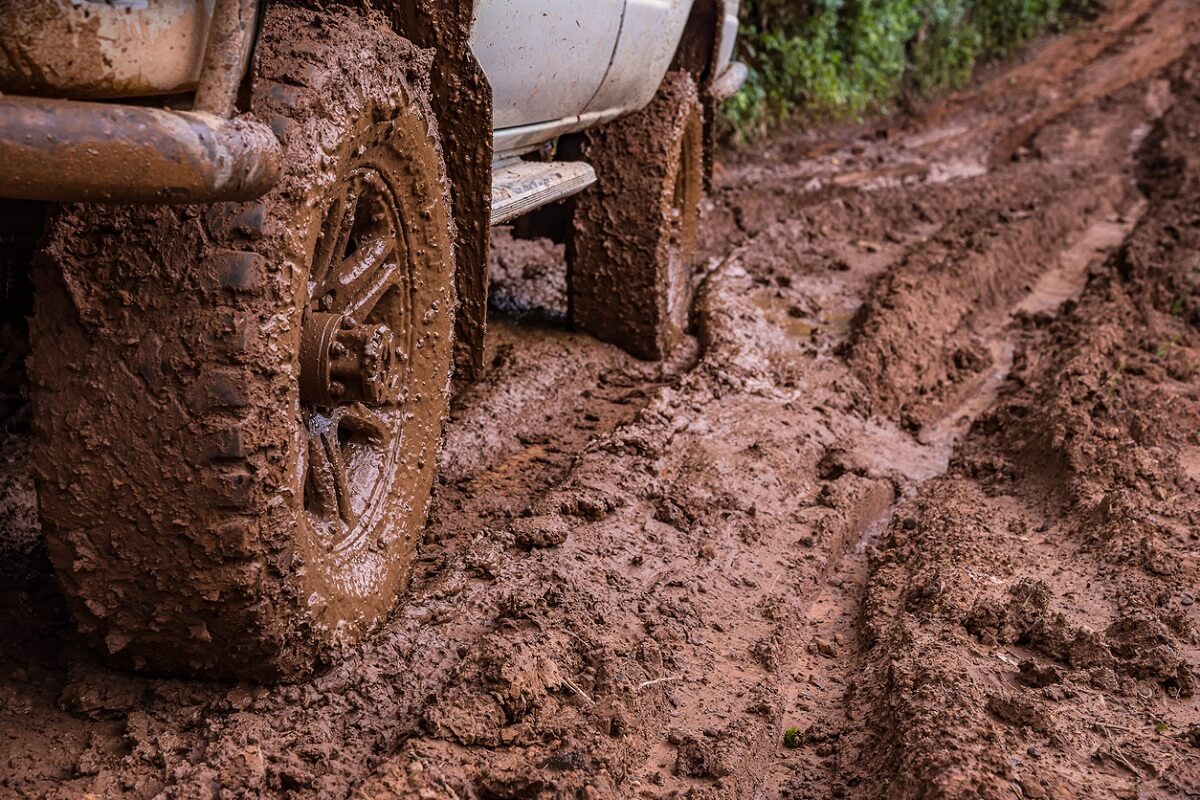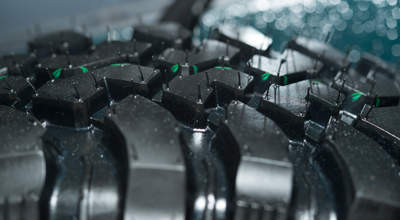Guide to Properly Checking and Inflating Tyres
One of the most neglected routine car maintenance jobs is regularly checking tyre pressure and inflating them. However, doing so is essential for safety and ensuring your vehicle performs at its best. By checking and inflating tyres properly, you can improve handling and control, reduce the risk of blow outs and accidents, improve the fuel economy of your vehicle and have longer lasting tyres.
Keep your tyres in good condition by checking your tyre pressure when you refuel and maintain them at their recommended PSI. How often you should check your tyres and inflate them depends on a number of factors like the weather, seasonal changes, the weight carried or towed and driving frequency and distance. It should be done at least once a month at minimum.
Checking Tyre Pressure
The recommended PSI for your tyres is determined by the vehicle’s manufacturer and the size of your tyres. Don’t make the mistake of using the max PSI printed on the sidewall of your tyre as this indicates the maximum allowed pressure, which is much higher than what you need. Like under-inflated tyres, over-inflated tyres increase wear and tear and the risk of a blowout.
Check the tyre placard (often inside one of the front door openings) or the owner's manual for the correct tyre pressures for your car. Keep in mind the pressure can differ for front and rear tyres. Air hoses with tyre pressure gauges are available at most service stations. However, it’s a good idea to get a simple mechanical/pneumatic gauge for accurate readings.
How to Inflate Your Tyres
You can inflate your tyres using the air hose provided at fuelling stations or a portable pump when you’re on the road. This can be a foot pump or a 12-bolt air compressor, the latter being preferable.
- Unscrew the cap on the air valve of your tyre.
- Push your tyre pressure gauge firmly onto the tyre valve and read the pressure reading on the gauge.
- If the reading is lower than the recommended PSI, attach the air hose to the tyre valve and increase the pressure to the right level.
- Recheck the pressure with your own gauge afterwards. It takes roughly 1 to 2 minutes for each tyre to back up to a normal pressure.
- Screw the cap back onto the tyre air valve.
Be careful if using an air compressor as it may become too hot to touch and some air compressors will stop working when they become too hot. Don’t forget to check the pressure of your spare tyre while you’re at it.
Need Your Tyres Checked or Replaced?
With locations all across Australia, Tyrepower can help you whether you need servicing or a brand-new set of tyres. We offer great wheel and tyre packages from brands like Kumho tyres, Goodyear tyres, Continental tyres, Maxxis tyres, Hankook tyres, Michelin tyres, Pirelli tyres and Toyo tyres.
Find your closest tyre shop and call 13 21 91 today.
























